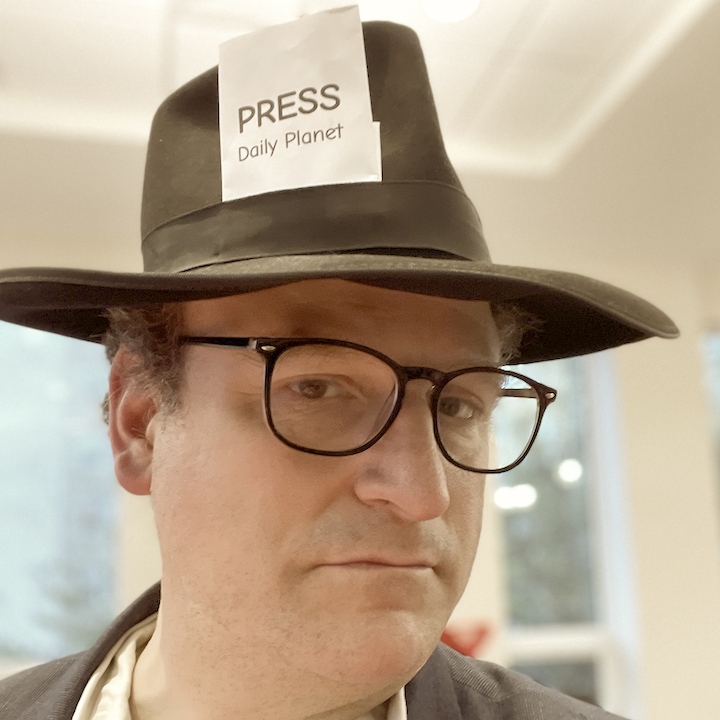imaginary family values presents
yesh omrim
a blog that reclines to the left

Vote early, vote three times
6 February 2004
For the past few centuries, political-science wonks have known that whenever more than two people are running for the same seat in an election, the way the vote is structured can have a decisive effect on the outcome. For example: In 1992, when Clinton and Perot were running against Bush the Elder, a voter might have preferred Perot to the other two candidates, but preferred Bush to Clinton. On the one hand, since Perot had no chance of winning a single state, and almost every state awarded all of its electors to whichever candidate got the most votes, our hypothetical Perot>Bush>Clinton fan would be tempted to vote “tactically” for Bush, rather than split the anti-Clinton vote. On the other hand, by voting for Perot, the voter would send a clear message to both parties. (If Perot hadn’t won 19 percent of the popular vote in 1992, would Clinton have cared so much about reducing the deficit?) In a close three-person race, where each candidate does have a serious chance of winning a plurality of votes, the situation is even more volatile.
To ameliorate this problem, the wonks have proposed a variety of alternative voting schemes that let voters clearly express their preferences while still having an influence on the outcome. Since this year’s Democratic primary has four well-known candidates, I thought it might be interesting to see if different methods of counting the vote could lead to different winners. So I have constructed a Web page with three ballots for you to cast: one ballot that allows you to select only one candidate, one ballot that lets you check off every candidate that you approve of, and one ballot that lets you rank the candidates in whatever order you prefer them.
My trusty Web server will then give you the the results for three different kinds of election: the traditional first past the post system, the approval voting system, and the Condorcet method (specifically, what that page describes as “Copeland’s method”). There is no shortage of other proposals for tallying votes, but considering how much time I spent debugging the SQL for Copeland’s method, I think I’ll pass on trying to implement instant runoff voting, cumulative voting, or the Borda count.
The polls are open until 11:59 p.m., Tuesday, March 2nd, 2004, or until my server melts down, whichever comes first. Please vote now, and please tell your friends about this page.
P.S.: Yes, I know, a halfway-competent Perl hacker could write a script that pads the vote totals. If you want to prove that you’re that kind of 31337 h@x0r, don’t waste your time with my toy Web site, OK? Go bother the American Family Association or CNN.com or one of those other outfits that takes their online polls seriously.
P.P.S.: The Condorcet method is the only technique that’s immune to the “tactical voting” I described above. In an electorate that suffers from Condorcet’s paradox, the Condorcet method will not record any winner; the other methods will pick a winner that the majority of the voters don’t like. The Gibbard-Satterthwaite theorem, derived from Arrow’s impossibility theorem, proves that every voting method that chooses between three or more candidates must either have a dictator or be vulnerable to tactical voting.
- Later: Dead men running, addendum
- Earlier: Why we fight